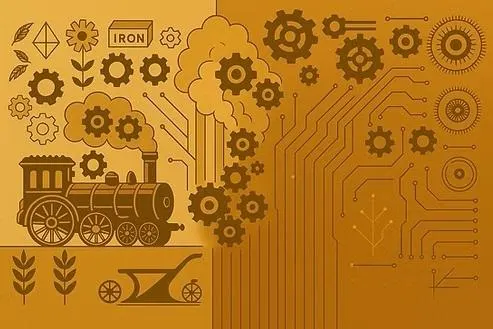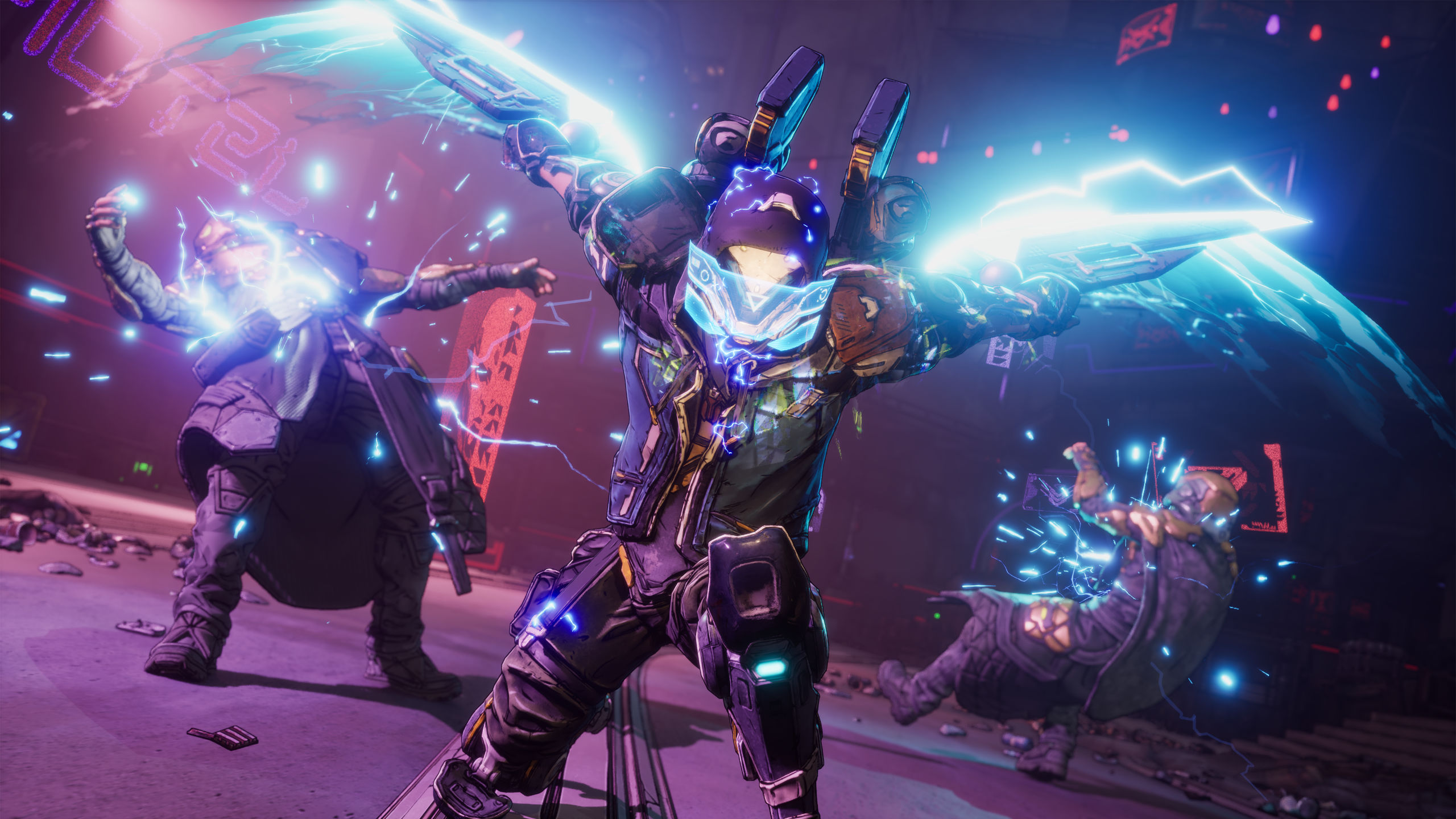By Contributor,Solange Charas
Copyright forbes

Steam Engine Distruption
Stela Lupushor
The Echo of Disruption
Cars that drive themselves. Algorithms that write convincing reports. Virtual assistants that anticipate our needs. It feels like the AI revolution is unprecedented—but it isn’t. About 265 years ago, the steam engine transformed Britain’s economy, upending industries, destroying jobs, and creating entirely new ones. That upheaval is the closest analogue to what we face today.
The lesson from the First Industrial Revolution is clear: technology alone never determines outcomes. Governance, finance, and human capital strategies do. For today’s boards, CHROs, and CFOs, the question is not whether to adopt AI, but how to govern it so that disruption creates sustainable value rather than chaos.
Steam as the First “General Purpose Technology”
James Watt’s improvement to the steam engine in the 1770s reduced coal use by 75% while producing more power. It was the 18th-century equivalent of the iPhone leapfrogging the flip phone. Steam, like electricity later and AI today, was a general purpose technology (GPT)—an innovation with downstream effects across the entire economy.
Manufacturing: A single worker with steam-powered looms could produce 200x more cloth than a manual worker just 50 years earlier.
Transportation: Railways cut freight costs by 60% and travel times by 80%, while steamships made global commerce reliable.
Mining and Agriculture: Steam drills and plows expanded extraction and mechanization.
Printing: Rotary presses printed 10,000 sheets per hour, compared to 250 on manual presses—democratizing information.
Each of these changes reshaped industries, workforces, and governance structures. AI is our modern GPT, with early applications in coding, text generation, and design. But like steam, its greatest impact will emerge in ways we cannot yet fully imagine.
As Bill Conerly notes in Forbes, AI promises significant productivity gains, but organizations need time and strategy to translate them into sustainable outcomes.
MORE FOR YOU
The Workforce in Transition
The Industrial Revolution displaced artisans, depressed wages for handloom weavers by 60%, and sparked violent resistance (the Luddite movement). Yet it also created new professions: mechanics, engineers, managers, and railway workers. By 1851, over 40% of Britain’s workforce was in industrial occupations that had not existed a generation earlier.
Education systems evolved alongside. The Elementary Education Act of 1870 made schooling compulsory for working-class children, laying the foundation for widespread literacy and numeracy. This was not altruism—it was a recognition that human capital investment was a prerequisite for industrial growth. Sound familiar?
Today, AI is performing a similar dislocation at the entry level. Tasks once given to interns, analysts, or junior associates—research, document drafting, data analysis—are now automated. If companies eliminate these roles without reinvention, they jeopardize their leadership pipelines and erode institutional knowledge.
As Jack Kelly argued in Forbes, entry-level jobs are disappearing fastest under AI, and companies risk hollowing out the career ladder. For CHROs, this is not just an HR problem—it is a governance and finance challenge. Without entry-level positions, who can we prepare for the next level position?
Finance: Reskilling programs reduce turnover costs and accelerate time-to-productivity, directly improving HCROI.
HR: Redesigning entry-level jobs to blend human creativity with AI augmentation protects pipelines.
Governance: Boards must oversee whether AI is used responsibly, protecting institutional knowledge and human capital value.
Governance: Then and Now
The Industrial Revolution forced governments to step in with the Factory Acts, regulating child labor and workplace standards. Britain also repealed protectionist Corn Laws, recognizing that free trade was essential for industrial growth. These were governance decisions that balanced innovation with social stability.
Today, boards face the same dilemma. In Forbes, John Bremen warns that AI oversight is a fiduciary duty, not a “nice-to-have”. Boards must:
Assign AI risk explicitly to committees.
Ensure directors are literate enough to challenge AI strategies.
Demand metrics linking AI investments to enterprise value.
Meanwhile, regulators are building guardrails. The EU AI Act imposes strict compliance obligations; U.S. proposals on disclosure are advancing. As Diana Spehar noted in Forbes, governance frameworks must anticipate global standards, not just react to them.
Systemic Skills Development
One of the Industrial Revolution’s enduring legacies was systemic education: Mechanics’ Institutes, credentialed apprenticeships, and engineering societies. These transformed informal craft learning into formal, scalable workforce development.
AI requires the same. HR leaders must ensure that continuous learning—prompt literacy, data interpretation, human-AI orchestration—becomes part of core workforce planning. Finance leaders must insist on measuring returns from these investments in terms of productivity, HCROI, and long-term retention.
As Jeanne Meister wrote in Forbes, CHROs must expand their role into strategy and governance to ensure human capital sustainability in the AI era (Forbes link).
The Human Advantage
The biggest lesson from history: technology alone does not determine winners. Britain succeeded not just because of Watt’s engine, but because it invested in education, built adaptive institutions, and developed flexible governance.
Organizations today must do the same. AI can create enormous capacity, but how that capacity is used—whether to increase output, foster innovation, or simply cut costs—will define financial sustainability. Employees are also consumers: layoffs shrink demand, while inflation from AI-driven disruption erodes purchasing power. Deloitte research, confirms that tariffs and shocks create vicious cycles when consumers pull back spending.
The job of HR and finance leaders is to orchestrate human and digital workers, ensuring that disruption strengthens rather than weakens the organization. Boards must demand evidence—not slogans—that human capital strategies linked to AI are driving sustainable enterprise value.
Conclusion: Lead, Don’t Languish
The AI revolution is unfolding at a speed the Industrial Revolution never knew. What took decades now takes months. The winners will be those organizations that govern responsibly: treating AI as capital allocation, protecting early-career talent, reskilling systematically, and embedding AI oversight into fiduciary duty.
History offers a stark warning. Steam transformed economies, but only those societies that built governance, financial discipline, and human capital systems emerged stronger. AI offers the same fork in the road. The choice is leadership—or languishing.
This article was inspired by an earlier blog co-authored with Stela Lupushor, as part of our ongoing series connecting historical revolutions to AI workforce transformation. This column presents original framing and governance-focused analysis suitable for Forbes.
Editorial StandardsReprints & Permissions



